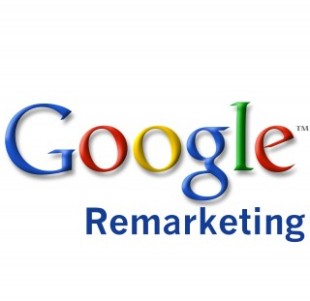When your customers call your company or go to your website, what is their experience? Do they get their questions answered by friendly, helpful customer service representatives? Do they feel that your customer service representatives are smiling over the phone? Can they easily find the products they are looking for on your website? What about their experience when they are disputing an invoice with your accounting department?
In our digital world with instant information and social media that can make or break your company by negative posts about your company, the customer experience is extremely important. Here are some key things you can look for to give your customers the best experience they can possibly have and more importantly, they will tell other prospects about their stellar interaction with your company.
Positive – Was every customer touchpoint with your company a positive experience? Whether they called your customer service or accounting department, looked for products on your website, emailed an inquiry to your company or opened their order once they received it, you need to make sure every time you touch the customer, they have a positive experience.
Memorable – What has your company done to make the customer’s experience memorable? You want them to remember their positive interaction with you over your competitors. Customers are busy and don’t want to deal with bad customer service. There are too many competitors that can take your place. Make every time you touch your customers a memorable one.
Friendly and Helpful – Customers need to feel that you want to make their lives easier. There is nothing better than talking with customer service reps who love what they do and you can feel that they are smiling while they are talking with you. Everyone to talks to customers need to be professional, friendly and helpful. Do your customers feel better about their experience with your company after they talk with your customer service reps?
Elevating Customer Experience – Is everyone in your company committed to making the customer experience the best it can be? Attitude is a very powerful ally. In several places where I have worked, getting everyone in the company on board with customer service that is “over the top” is mandatory.
How Likely Will Your Customers Recommend Your Company – Do your customers recommend your company to others based on their positive experience? If you don’t know, ask them. Customers normally have no problem telling you and anyone else who will listen about a bad experience they had with you. Find out how satisfied they really are and fix what isn’t working right. Social media is a great place to listen to your customers. They are talking about your company, your products and how they were treated. Listen to the conversation.
Relationships Build Lifetime Customers – One of the keys to building lifetime customers is to create relationships with your customers. People buy from people they know. The more they know you, the more they trust you. Ensure that your company is committed to having the best customer experience and the relationships will come.
If you want to learn more about me, please visit my LinkedIn profile, my website and my blog.






